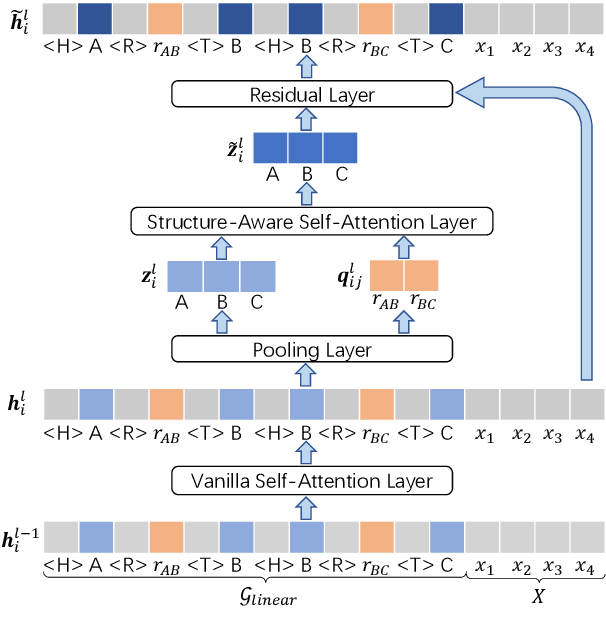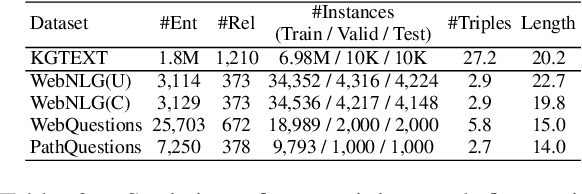Yu Ran
Secure Video Quality Assessment Resisting Adversarial Attacks
Oct 09, 2024Abstract:The exponential surge in video traffic has intensified the imperative for Video Quality Assessment (VQA). Leveraging cutting-edge architectures, current VQA models have achieved human-comparable accuracy. However, recent studies have revealed the vulnerability of existing VQA models against adversarial attacks. To establish a reliable and practical assessment system, a secure VQA model capable of resisting such malicious attacks is urgently demanded. Unfortunately, no attempt has been made to explore this issue. This paper first attempts to investigate general adversarial defense principles, aiming at endowing existing VQA models with security. Specifically, we first introduce random spatial grid sampling on the video frame for intra-frame defense. Then, we design pixel-wise randomization through a guardian map, globally neutralizing adversarial perturbations. Meanwhile, we extract temporal information from the video sequence as compensation for inter-frame defense. Building upon these principles, we present a novel VQA framework from the security-oriented perspective, termed SecureVQA. Extensive experiments indicate that SecureVQA sets a new benchmark in security while achieving competitive VQA performance compared with state-of-the-art models. Ablation studies delve deeper into analyzing the principles of SecureVQA, demonstrating their generalization and contributions to the security of leading VQA models.
Black-box Adversarial Attacks Against Image Quality Assessment Models
Feb 28, 2024Abstract:The goal of No-Reference Image Quality Assessment (NR-IQA) is to predict the perceptual quality of an image in line with its subjective evaluation. To put the NR-IQA models into practice, it is essential to study their potential loopholes for model refinement. This paper makes the first attempt to explore the black-box adversarial attacks on NR-IQA models. Specifically, we first formulate the attack problem as maximizing the deviation between the estimated quality scores of original and perturbed images, while restricting the perturbed image distortions for visual quality preservation. Under such formulation, we then design a Bi-directional loss function to mislead the estimated quality scores of adversarial examples towards an opposite direction with maximum deviation. On this basis, we finally develop an efficient and effective black-box attack method against NR-IQA models. Extensive experiments reveal that all the evaluated NR-IQA models are vulnerable to the proposed attack method. And the generated perturbations are not transferable, enabling them to serve the investigation of specialities of disparate IQA models.
Vulnerabilities in Video Quality Assessment Models: The Challenge of Adversarial Attacks
Sep 24, 2023Abstract:No-Reference Video Quality Assessment (NR-VQA) plays an essential role in improving the viewing experience of end-users. Driven by deep learning, recent NR-VQA models based on Convolutional Neural Networks (CNNs) and Transformers have achieved outstanding performance. To build a reliable and practical assessment system, it is of great necessity to evaluate their robustness. However, such issue has received little attention in the academic community. In this paper, we make the first attempt to evaluate the robustness of NR-VQA models against adversarial attacks under black-box setting, and propose a patch-based random search method for black-box attack. Specifically, considering both the attack effect on quality score and the visual quality of adversarial video, the attack problem is formulated as misleading the estimated quality score under the constraint of just-noticeable difference (JND). Built upon such formulation, a novel loss function called Score-Reversed Boundary Loss is designed to push the adversarial video's estimated quality score far away from its ground-truth score towards a specific boundary, and the JND constraint is modeled as a strict $L_2$ and $L_\infty$ norm restriction. By this means, both white-box and black-box attacks can be launched in an effective and imperceptible manner. The source code is available at https://github.com/GZHU-DVL/AttackVQA.
JointGT: Graph-Text Joint Representation Learning for Text Generation from Knowledge Graphs
Jun 19, 2021



Abstract:Existing pre-trained models for knowledge-graph-to-text (KG-to-text) generation simply fine-tune text-to-text pre-trained models such as BART or T5 on KG-to-text datasets, which largely ignore the graph structure during encoding and lack elaborate pre-training tasks to explicitly model graph-text alignments. To tackle these problems, we propose a graph-text joint representation learning model called JointGT. During encoding, we devise a structure-aware semantic aggregation module which is plugged into each Transformer layer to preserve the graph structure. Furthermore, we propose three new pre-training tasks to explicitly enhance the graph-text alignment including respective text / graph reconstruction, and graph-text alignment in the embedding space via Optimal Transport. Experiments show that JointGT obtains new state-of-the-art performance on various KG-to-text datasets.
 Add to Chrome
Add to Chrome Add to Firefox
Add to Firefox Add to Edge
Add to Edge